
The U.S. Department of Defense on Sunday activated its Civil Reserve Air Fleet (CRAF), designed to augment military airlift during national emergencies, and is compelling six airlines to help with the evacuation of U.S. citizens and other at-risk refugees from Afghanistan.
The order from U.S. Transportation Command pulls a total of 18 widebody aircraft into service, including planes from two companies that predominantly provide commercial all-cargo service. Atlas Air (NASDAQ: AAWW) and Air Transport Services Group (NASDAQ: ATSG) will each provide three aircraft to the mission, the Pentagon said.
USTRANSCOM also recruited American Airlines (NASDAQ: AAL) and Delta Air LInes (NYSE: DAL) to provide three aircraft each. Hawaiian Airlines (NASDAQ: HA) will provide two aircraft and United Airlines (NASDAQ: UAL) will fly three jets for the evacuation.
None of the activated aircraft will fly into Hamid Karzai International Airport in Kabul. Rather, they will take evacuees from staging bases in Qatar, Bahrain and Germany, which are becoming overcrowded, to other locations in North America and Europe. U.S. Air Force C-17 and C-5 military aircraft are handling the direct airlift out of Kabul.
“Activating CRAF increases passenger movement beyond organic capability and allows military aircraft to focus on operations in and out of Kabul,” the Defense Department said in a news release.
Officials said forcing the aircraft into military service is not expected to have a major impact on the carriers’ commercial operations. In reality, airlines still have a portion of their long-haul fleets in temporary storage because of the persistent drop in international travel since the start of the COVID pandemic in March 2020 and are not operating with full flight schedules yet.
Atlas Air operates five Boeing 747-400 and five 767-300 passenger aircraft that are chartered by airlines, charter brokers, sports teams, entertainers and the U.S. military. ATSG subsidiary Omni Air International is an outsourced provider of passenger transport for airlines and the U.S. government.
This is only the third time that the CRAF has been called into action in 70 years. Commercial aircraft supported Operations Desert Shield/Storm in 1990-1991, and Operation Iraqi Freedom from February 2002 to June 2003.
Under CRAF, airlines contractually commit to supplement military air transport of troops and equipment during wartime and other crises. To encourage carriers to participate, only CRAF partners can bid on government airlift contracts issued through the DoD during peacetime. Airlines must maintain a minimum commitment of 30% of their CRAF-capable passenger fleet and 15% of their CRAF-capable cargo fleet to participate in international military business.
A CNN report on Saturday mentioned the possibility that the government would also tap express carrier FedEx (NYSE: FDX) to help with the Afghan mission.
FedEx Express, which is a long-standing provider of airlift to the military, “stands ready to support CRAF activation and use of our cargo aircraft and network as needed to support efforts in Afghanistan,” spokesperson Shannon Davis said via email.
Commercial cargo airlines were involved earlier in the U.S. military drawdown from Afghanistan when equipment and material were brought back to U.S. and NATO bases.
Click here for more FreightWaves/American Shipper stories by Eric Kulisch.
RELATED NEWS:
NATO withdrawal from Afghanistan could further crimp airfreight supply


